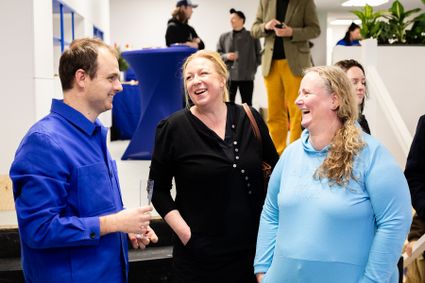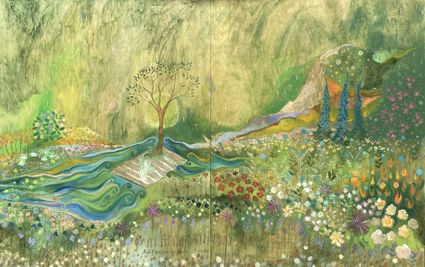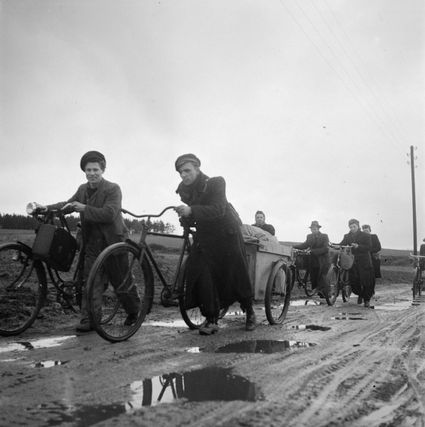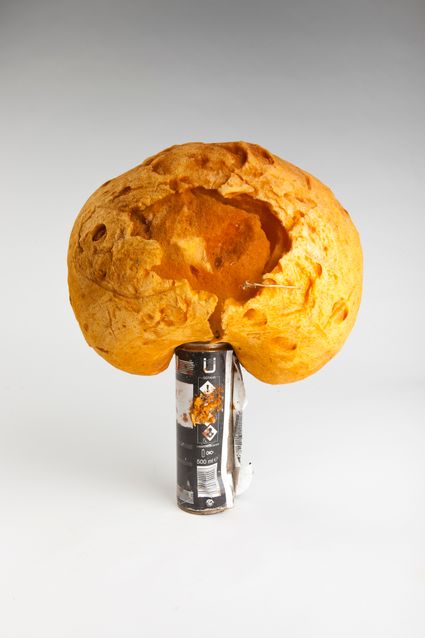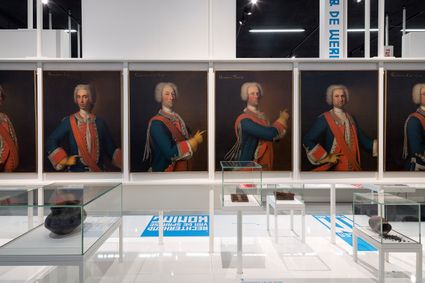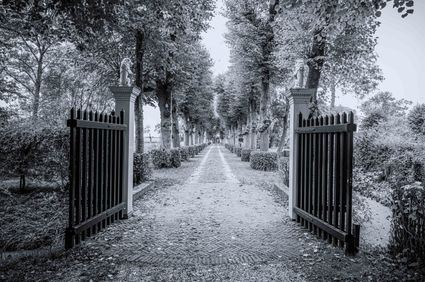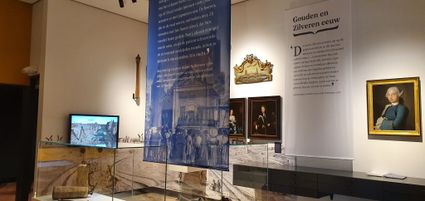
Wybrand de Geest
6 September 2025 until 1 March 2026
View work by the Frisian artist Wybrand de Geest (1592-1663/65); one of the most important portrait painters of the 17th century.
In September 2025, the Fries Museum will present an exhibition about the Frisian artist Wybrand de Geest (1592-1663/65), one of the most important portrait painters of the 17th century. Shiny velvet, rustling brocade, refined lace collars and sparkling jewels: no one could make wealth splash off the canvas like he did. The Frisian elite therefore liked to have themselves portrayed by Wybrand.
The exhibition shows the high society and the glamour of the 17th century through portraits that Wybrand de Geest made of, among others, the Frisian Nassaus, the wealthy elite and their filthy rich children. Who was this painter? How did he manage to nestle himself among the 'happy few'?
Wybrand de Geest
Wybrand Simonsz. de Geest was…
In September 2025, the Fries Museum will present an exhibition about the Frisian artist Wybrand de Geest (1592-1663/65), one of the most important portrait painters of the 17th century. Shiny velvet, rustling brocade, refined lace collars and sparkling jewels: no one could make wealth splash off the canvas like he did. The Frisian elite therefore liked to have themselves portrayed by Wybrand.
The exhibition shows the high society and the glamour of the 17th century through portraits that Wybrand de Geest made of, among others, the Frisian Nassaus, the wealthy elite and their filthy rich children. Who was this painter? How did he manage to nestle himself among the 'happy few'?
Wybrand de Geest
Wybrand Simonsz. de Geest was born in Leeuwarden in 1592 and was one of the first Frisian boys who left the city gates far behind to be trained as a painter elsewhere. For Wybrand, that was Utrecht, in the large, lively studio of Abraham Bloemaert. From there, the young painter travelled via Den Bosch to Paris, Aix-en-Provence and by ship to Rome. Together with his artist friends, he took plenty of time to practice his hand and enjoy life. Every artist with a little ambition must have seen the ancient world with their own eyes at that time.
Album amicorum
During his trip abroad, Wybrand collected a unique album amicorum, a friends' book full of contributions from his friends and fellow travellers. The remaining edges of paper reveal that some 22 drawings are missing. It is believed that the drawings by Wybrand's brother Gilles de Geest and the painters Wouter Crabeth II, Pieter de Molijn, Leonaert Bramer, Cornelis van Poelenburgh, Louis Beaubrun and Mathijs Harings from the book were stolen because they could yield money. The Fries Museum and Tresoar previously issued an appeal to find the drawings, in the hope of including them in the exhibition about the painter. Anyone who knows more can contact curator Marlies Stoter via m.stoter@friesmuseum.nl.
Flourishing painting practice
After his trip abroad, Wybrand returned to his hometown of Leeuwarden for good around 1620. There he built up a flourishing portrait practice thanks to clients from the Frisian nobility who knew how to find him throughout his life. Three Frisian Nassaus in a row also granted him their portrait commissions. For example, he painted the life-size portraits of stadtholder Ernst Casimir of Nassau-Dietz and his wife Sophia Hedwig, the Frisian ancestors of King Willem-Alexander.



